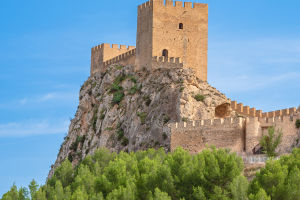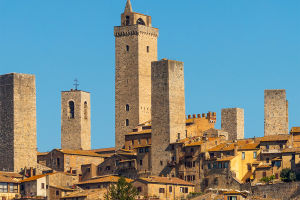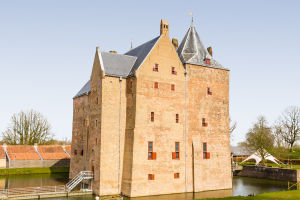A lake is a natural complex composed of a lake basin, lake water and substances contained in the water, and participates in the material and energy cycle in nature. Therefore, an inland water body surrounded by land is called a lake.
Many lakes and snow-capped mountains are next to each other, formed by the melting of snow-capped mountains. Below I will introduce some famous lakes to you.
1. Lake Superior
Lake Superior is one of the five great lakes in North America and the second largest lake in the world after the Caspian Sea.
The lake is 616 kilometers long from east to west, 257 kilometers at its widest point from north to south, with an average elevation of 180 meters, a water area of 82,103 square kilometers, and a maximum depth of 405 meters. The water storage capacity is 12,000 cubic kilometers, accounting for more than half of the water storage capacity of the Great Lakes. The shoreline of the lake is 3,000 kilometers long, with dense forests along the coast, and many lakes and bays on the north bank. Nearly 200 rivers flow into the lake, with the Nipigon and St. Louis Rivers being the largest. The climate in the lake area is cold in winter and cool in summer, foggy, strong wind, and many waves on the lake. The seasonal variation of the water surface is 40-60 cm, the water level is lower in winter and higher in summer. The water temperature is low, and the water surface temperature in the middle of summer generally does not exceed 4 ℃. In winter, the lakeshore is covered with ice, and the annual sailing period is generally about 6 to 7 months.
2. Lake Victoria
Lake Victoria is the largest lake in Africa and the main reservoir of the Nile. With an area of 69,484 square kilometers, it is the second largest freshwater lake in the world after Lake Superior in North America. The lake area is irregular in shape, the longest from north to south is 337 kilometers, and the widest from east to west is 240 kilometers. Lake Victoria is rich in aquatic products, especially famous for African crucian carp. Many fishing villages are distributed around the lake, and cotton, rice, sugar cane, coffee and bananas are widely planted.
3. Aral Sea
The saltwater lake in Central Asia is the fourth largest lake in the world. The area is more than 50,000 square kilometers, the average water depth is 13 meters, and the deepest water depth is 64 meters. The northern and eastern shores of the lake are zigzag, with many small bays and coastal islands, the south bank is the Amu Darya estuary delta, and the west bank is a steep bank. The lake basin area has an extreme continental climate. Affected by the periodic dry climate in history, the lake water level has changed greatly. Since then, due to the large amount of water in the Amu Darya and Syr Darya used for agricultural and industrial water, coupled with the continued drought since the 1970s, the lake level has dropped.


